Samsung Galaxy Camera review
Samsung's cameras are often highly innovative, but the Samsung Galaxy Camera is by far the most ground-breaking example we've seen in a long time. It's essentially an Android smartphone that's equipped with a substantial 21x zoom lens and a 16-megapixel 1/2.3in sensor.
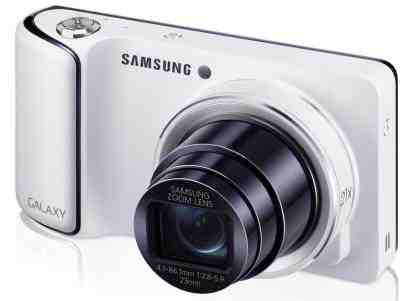
It's well specified as a smartphone, with a 4.8in, 1280x720-pixel LCD, quad-core 1.4GHz processor, 3G, Wi-Fi and GPS. It runs Android 4.1, with full access to the Google Play app store. You can use this camera to check emails, update your Facebook status and listen to Spotify – there's even a headphone socket. It can't take calls, though. Perhaps that's because holding a camera to your ear looks pretty stupid, but it does mean that the Galaxy Camera won't replace your phone.
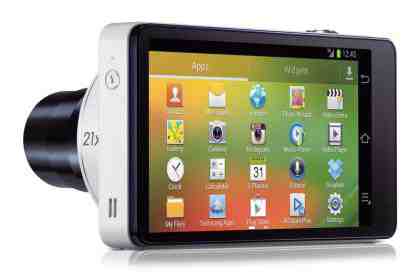
Seeing it in the flesh, we were immediately struck by how big it is. With its 4.8in screen, it's inevitably much larger than most compact cameras that use 3in screens. Meanwhile, the 21x zoom lens means it's chunkier than any smartphone, at 35mm from lens to screen. Even at its thinnest point it's still 19mm thick – more than double the Samsung Galaxy S3's 9mm profile. It's more than twice as heavy, too, at 300g.
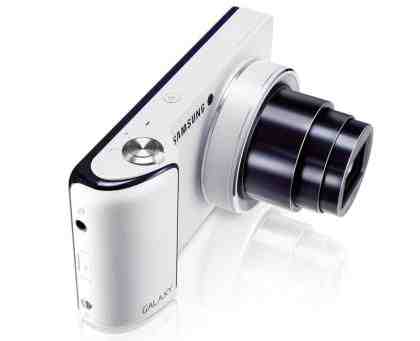
Samsung quotes the battery life as up to 280 hours standby – there's no stated battery life in shots. That makes sense, though, as this camera is likely to be doing much more than taking photos. The flipside is that the battery will probably run out faster than usual. We managed to take 134 photos and four videos over three days from a single charge, although that was with minimal use of the Wi-Fi and 3G functions. With heavy use it might need daily charging.
As this is an Android device, pressing the power button puts it to sleep rather than turns it off. Waking it and taking a photo is quick at around three seconds. It returns to the last-used app, though, so it took five seconds to wake it and launch the camera app when we had been checking Facebook during our last session.

It doesn't stay in sleep mode indefinitely. It drops into a Fast Power-on mode after one hour (by default), whereupon it took six seconds to switch on and take a photo. That's still reasonably quick, but after 24 hours of inactivity the camera fully powers down. It then took 26 seconds to switch on and shoot, which potentially means missing a crucial shot. This rather complex power management is one downside of fusing camera and smartphone technology.

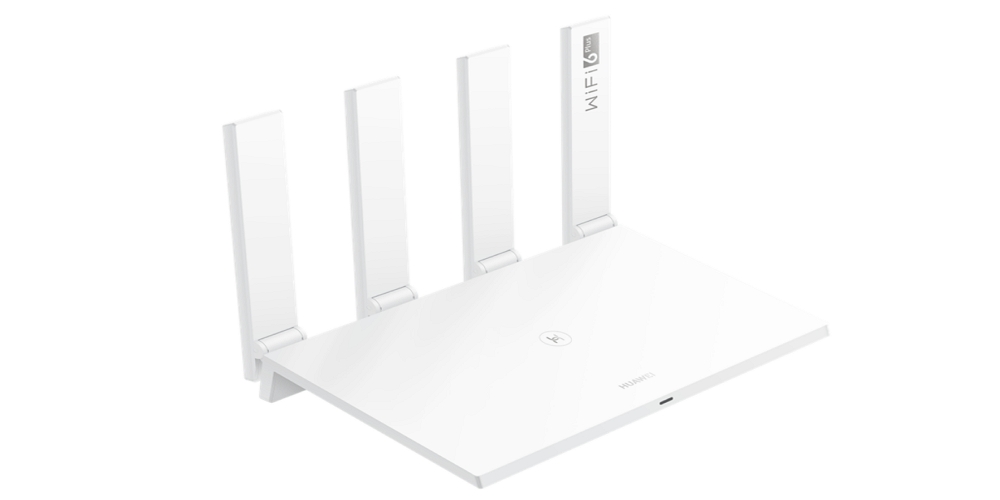
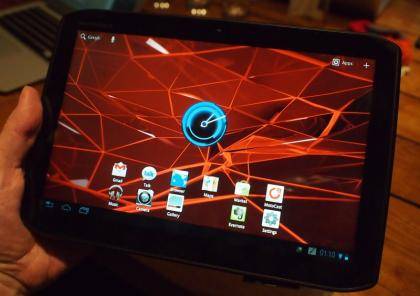
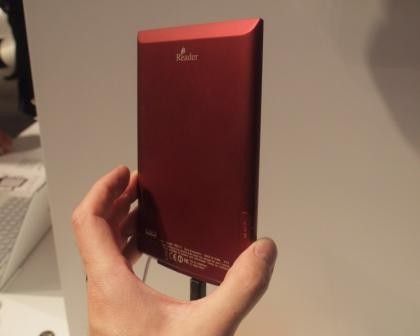
Leave a Comment